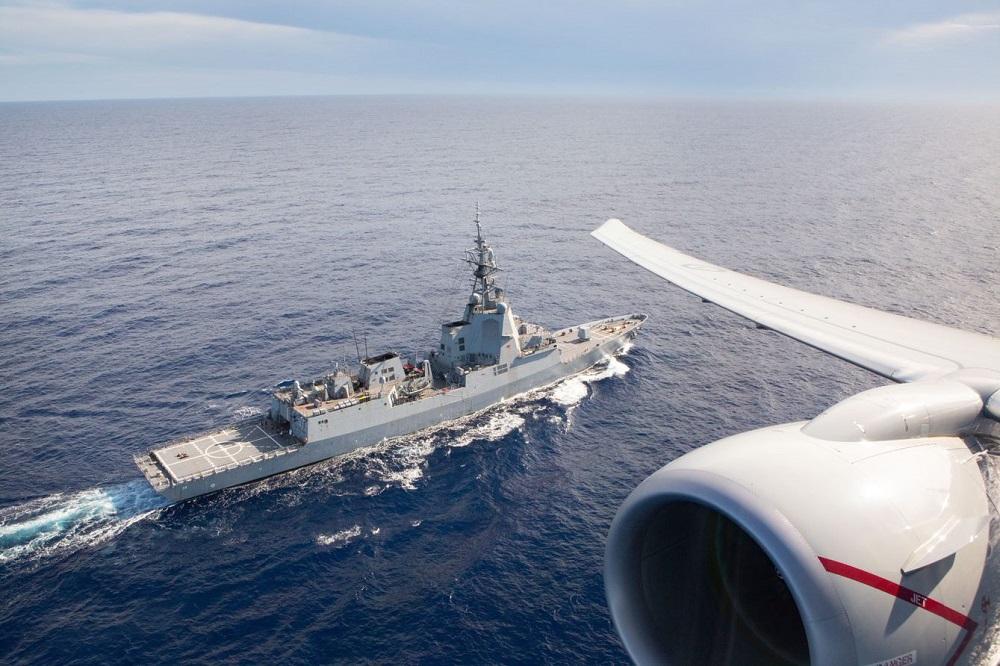When the incoming Albanese government tasked former defence minister Stephen Smith and former chief of the Australian Defence Force Angus Houston with writing the defence strategic review, they spelled out the clear need for prioritisation and tough decisions.
The review released on Monday is the first step towards a comprehensive reshaping of the ADF to meet strategic challenges we now face.
Those challenges are stark. Beijing is ramping up coercive behaviour in our region while rapidly building up its military, including what is now the world’s largest navy, without explaining why.
The review explains clearly in broad terms how to turn the ADF into the fighting force we need to deter Beijing and maintain peace in our region.
As it says, the ADF must ‘change the calculus’ so that Beijing and others know that aggression is too costly to be worthwhile.
The review puts forward a credible roadmap for achieving this, alongside the US and other partners, for example through the new AUKUS nuclear-propelled submarines, enhancing our ability to strike targets far from Australian shores, investing in our Northern bases and translating new technologies into advanced weaponry.
However, the review does not answer the key question of how much this will all cost.
Over the short term, the government will cut or delay some defence programs to help pay for new ones. Longer term, it says that defence spending will have to rise, though we don’t know yet by how much.
The short-term cuts include reducing the numbers of the army’s armoured vehicles and howitzers. This will mean we’re less prepared for a major land war.
But the government is at pains to point out that the army is not being gutted. Rather, it will be focused on playing a more prominent role in the main mission of denying Beijing any sense that it can get what it wants through force.
A more mobile army, better equipped with landing craft, will integrate with the navy and air force to target adversaries offshore. The army will receive new weapons for this purpose, including an anti-ship missile.
To make this work requires a whole-of-nation change in thinking. That means recognising that we are not just defending our territory, but also our interests overseas, which include being able to trade safely and ensuring we live in a stable region that adheres to international rules. The review articulates this well.
In concrete terms, this includes changing the way the government and industry work together so that we get weapons into the hands of our military personnel faster and manufacture in Australia the ammunition and other supplies that are quickly depleted in a conflict.
The risk is in not following through. We’ve had good defence reviews in the past, like the 2009 defence white paper, that have not been properly funded or implemented. To the government’s credit, it will hold its own feet to the fire by moving to a two-yearly review to ensure we remain on track.
The review correctly assesses that the US remains indispensable in the Indo-Pacific. But as China rises, Australia and other countries must contribute more to regional stability.
This is not about going it alone or blindly following the US. Instead, a more capable ADF will work more closely with a range of partners who share our vision for an open, stable, rules-based region, where national sovereignty is protected and might doesn’t make right.
The defence strategic review has set a clear vision of the future we want: making sure we can protect our way of life and make our own decisions, rather than having our fate determined by others. It takes a credible first step on the pathway towards that, but the government has its work cut out to align resources and deliver real capabilities.


